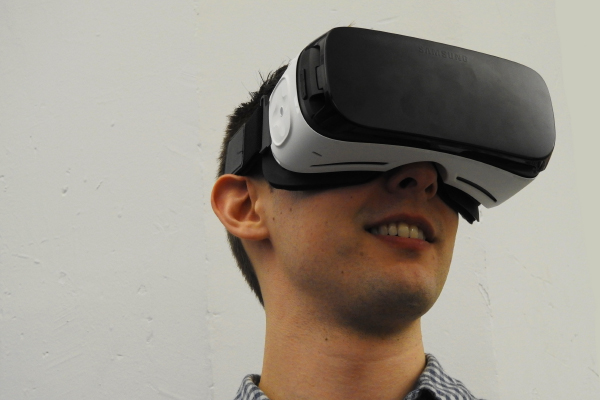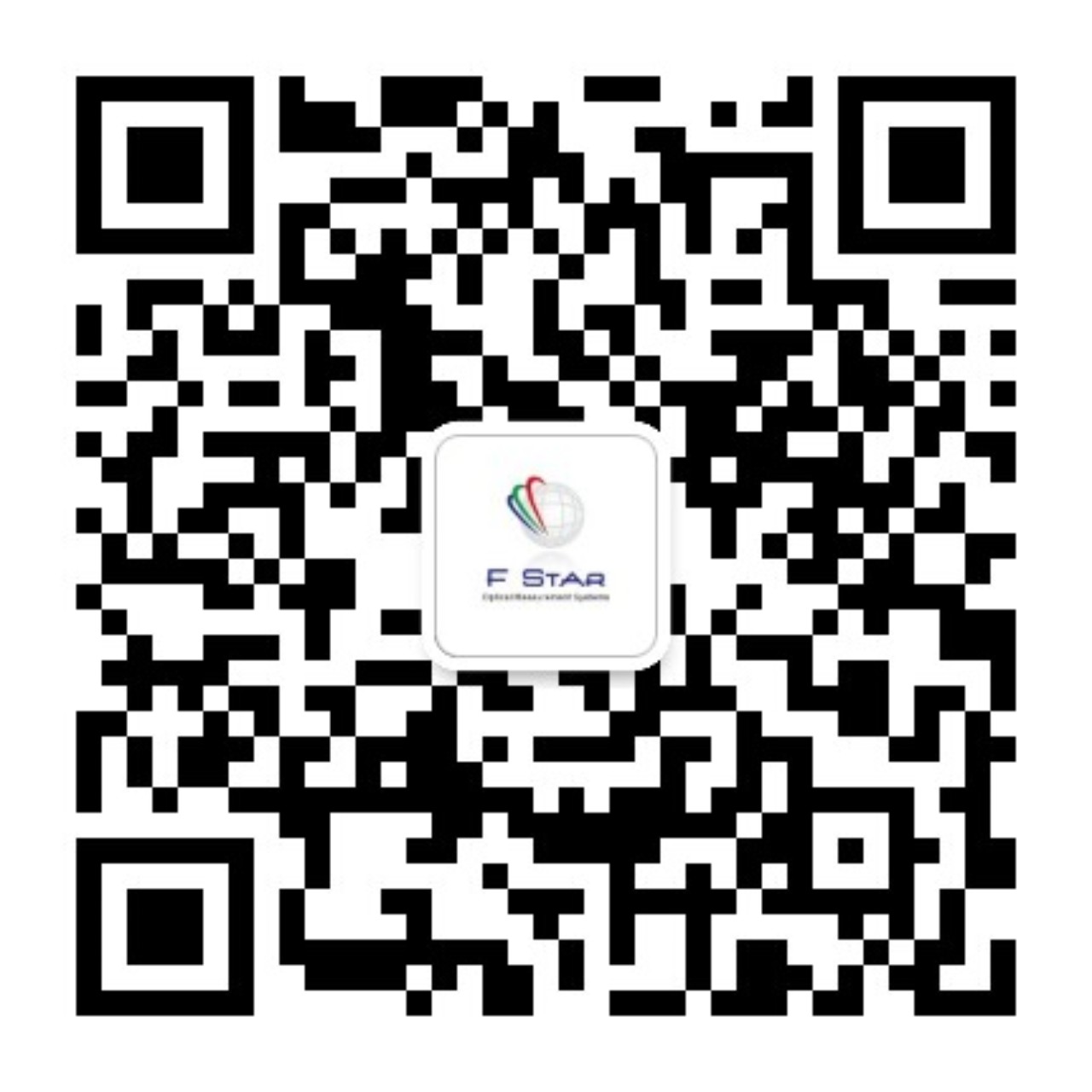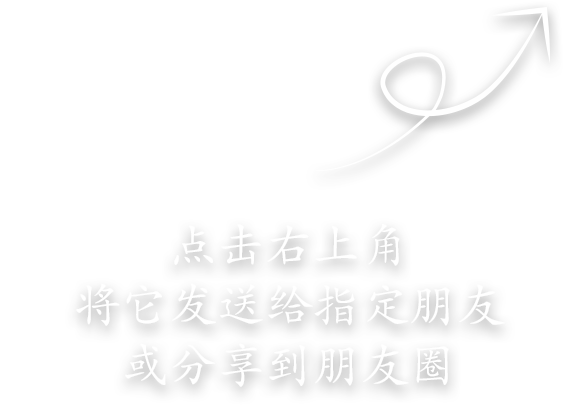
AR Optical Testing System
● Display Clarity and Resolution: Monocular resolution ≥2K (pixel density ≥600 PPI) to avoid the "screen-door effect"; field of view (FOV) ≥90° to expand the coverage of virtual information, with edge distortion rate ≤3% to ensure a natural transition between virtual and real boundaries.
● Balance of Luminance and Contrast: Ambient light-adaptive luminance adjustment (100-1000 cd/m²). In high-light outdoor environments (100,000 lux) and low-light indoor scenes, the luminance difference between virtual content and the real environment ≤20% to prevent visual abruptness; contrast ratio ≥5000:1 to ensure clear edges of virtual text/icons.
● Optical Transmittance and Color Restoration: Transmittance in see-through mode ≥85% without impairing the observation of real scenes; color accuracy of virtual content (ΔE ≤2) to achieve natural color fusion with real objects (e.g., coordination between AR navigation arrows and road surface colors).
● Eye Tracking and Field of View Adaptation: Interpupillary distance (IPD) adjustment range (54-74mm) to suit different users; eye tracking latency ≤5ms to ensure synchronization between virtual focus and line of sight, reducing dizziness.
● Long-Term Usage Reliability: After 4 hours of continuous operation, the temperature rise of the optical module ≤10℃ with no luminance attenuation (retention rate ≥95%); after drop resistance testing (1.2-meter height), no lens deviation occurs to avoid image ghosting.
VR Optical Testing System
VR devices need to construct an immersive virtual environment, with optical performance focusing on picture realism and wearing comfort. The key evaluation points are as follows:
● Core Parameters for Display Immersion: Monocular resolution ≥4K (PPI ≥800) to eliminate pixel visibility; field of view (FOV) ≥110° to cover the natural visual field of human eyes; refresh rate ≥120Hz, combined with motion-to-photon latency ≤20ms, to reduce the risk of motion sickness.
● Optical Distortion and Clarity: Through optical designs such as Fresnel lenses, edge distortion rate is controlled to ≤5%; clarity across the entire field of view is uniform (difference in MTF values between center and edge ≤10%), avoiding the sense of fragmentation where the center of the picture is clear while the edge is blurred.
● Luminance and Color Performance: Peak luminance ≥300 cd/m² (≤0.1 cd/m² in dark scenes), dynamic contrast ratio ≥100,000:1 to restore the light and dark layers of virtual scenes; color gamut coverage of DCI-P3 ≥90% to ensure vivid and realistic colors in the virtual world.
● Pupillary Distance and Visual Distance Adaptability: Supports manual/automatic IPD (Interpupillary Distance) adjustment (accuracy ±0.5mm); myopic users can adapt to 0-600 diopter adjustment without needing additional glasses; deviation in binocular image fusion ≤1° to avoid ghosting or distortion of stereoscopic perception.
● Impact of Ambient Light and Heat Dissipation: Light-shielding performance (light leakage rate ≤1%) to isolate external light interference; after 2 hours of continuous use, the surface temperature of the optical module ≤40℃, with no luminance drift caused by heat dissipation (fluctuation ≤5%).



